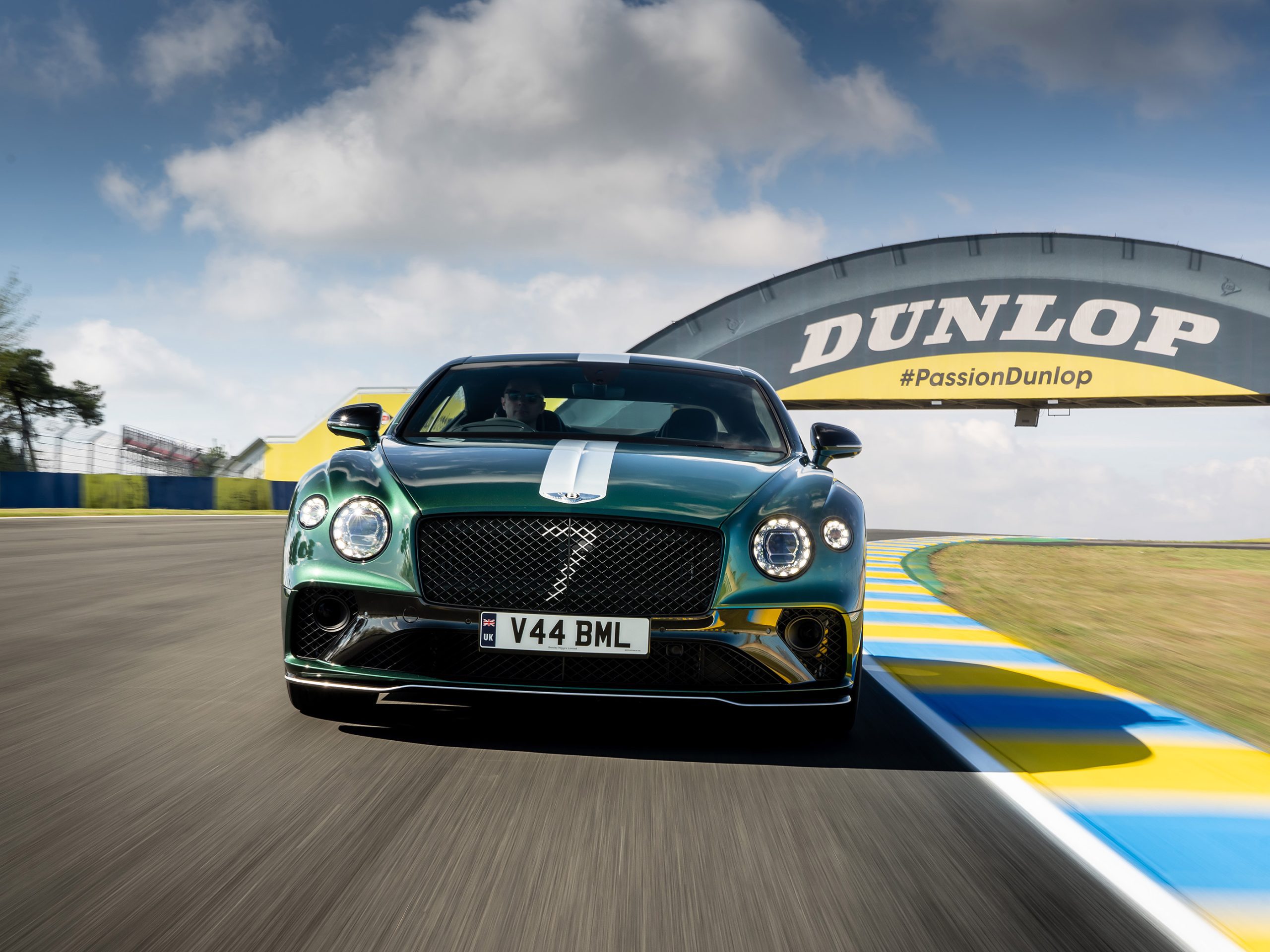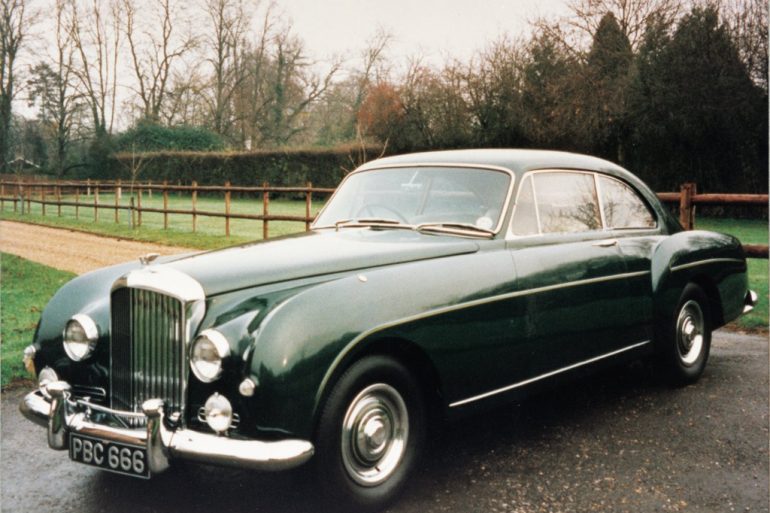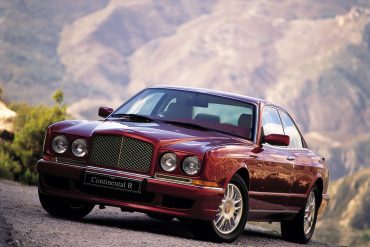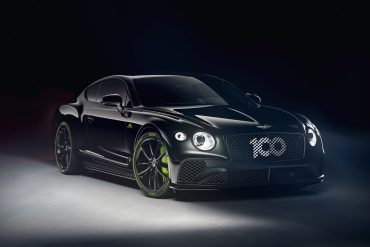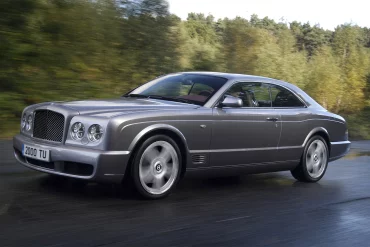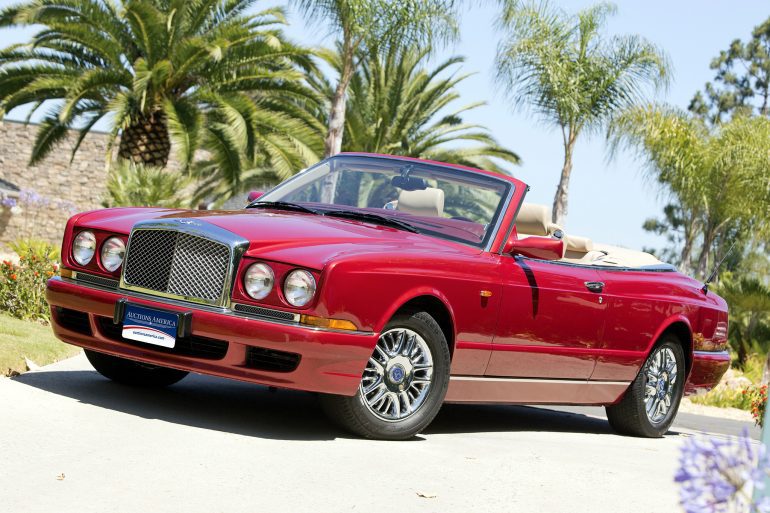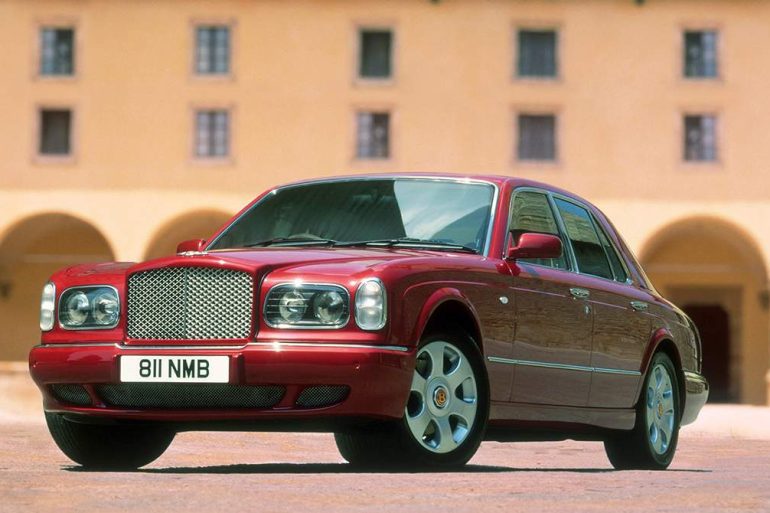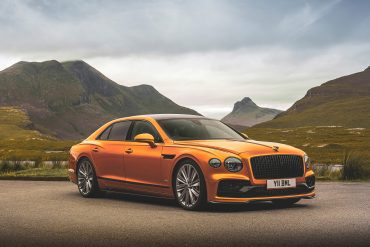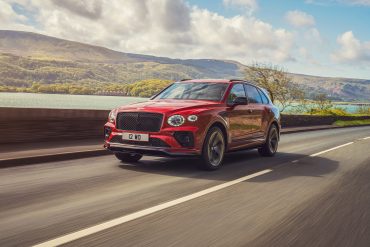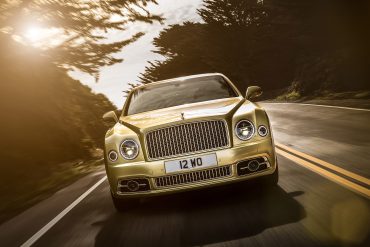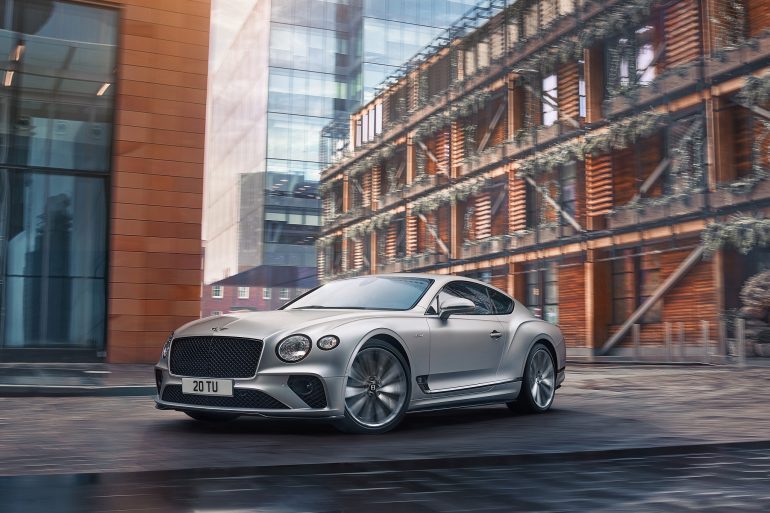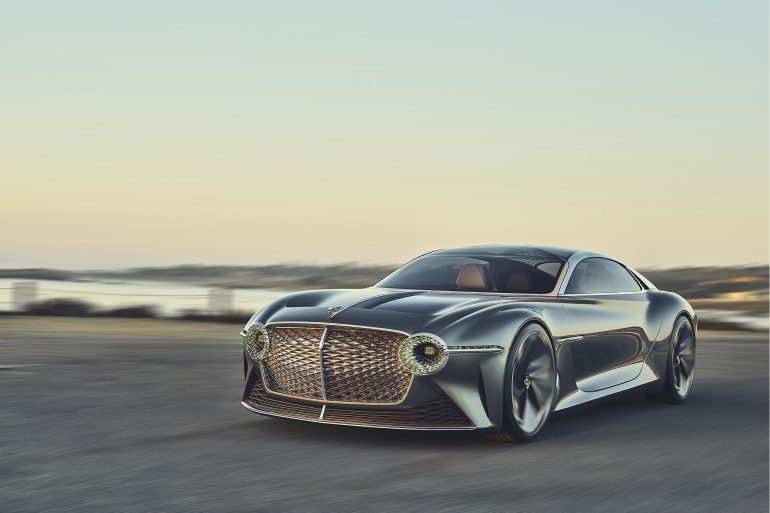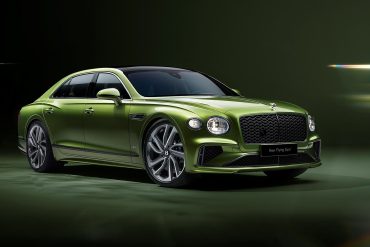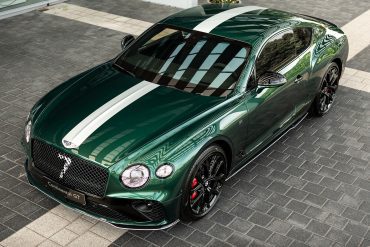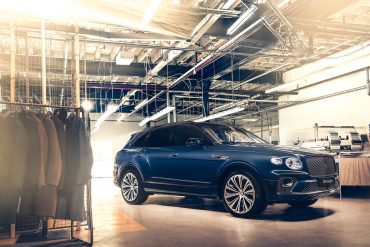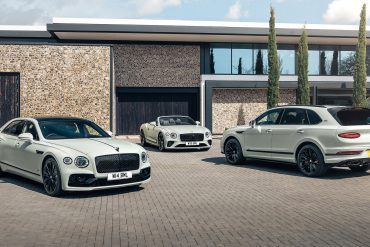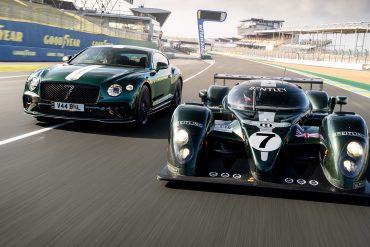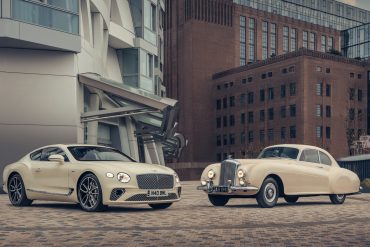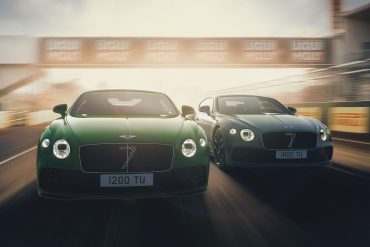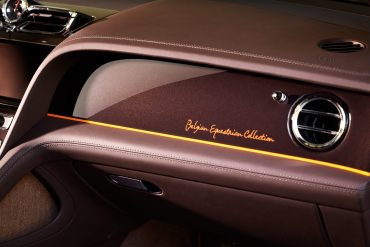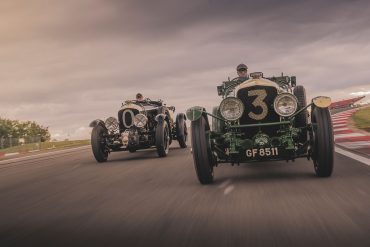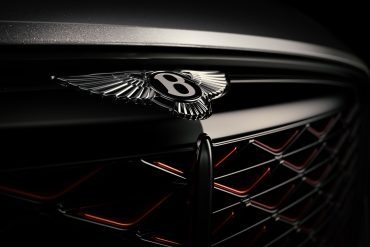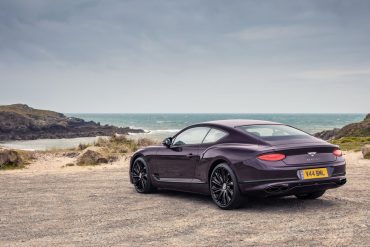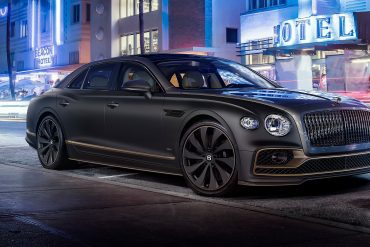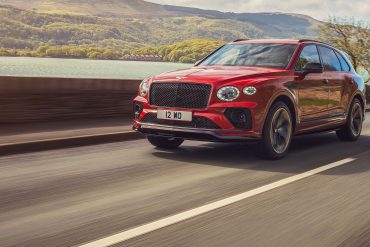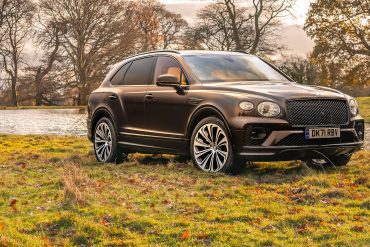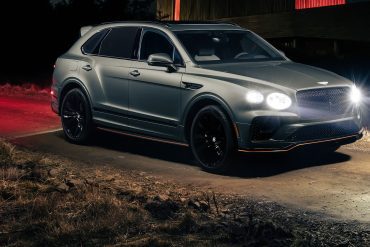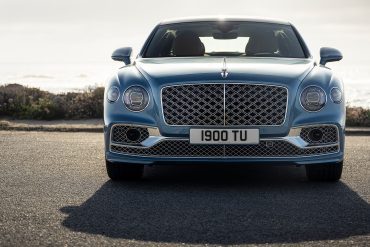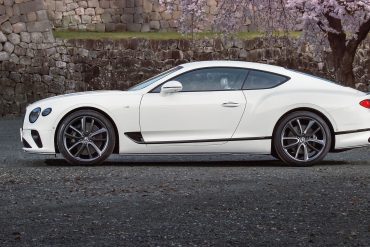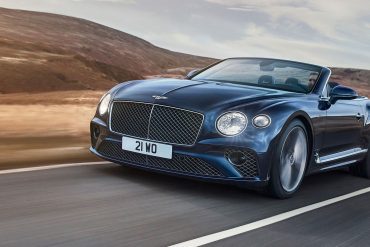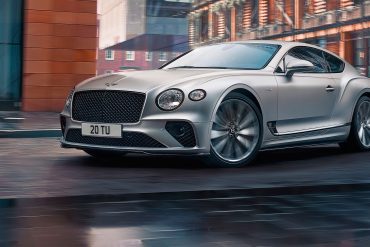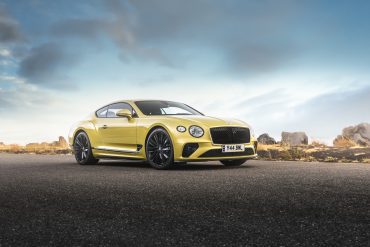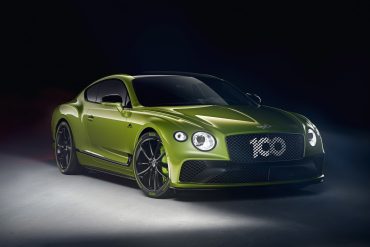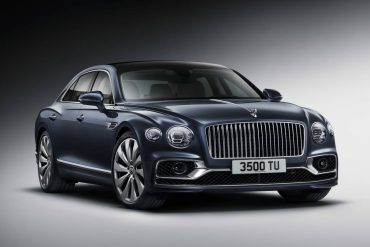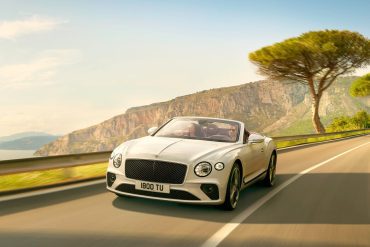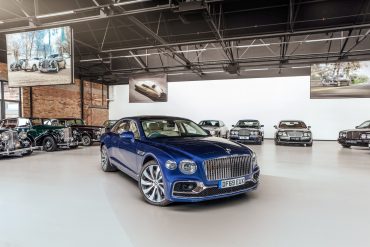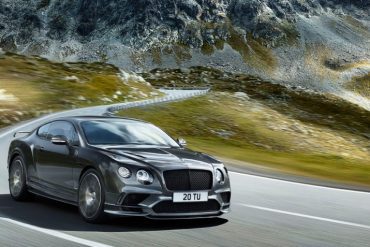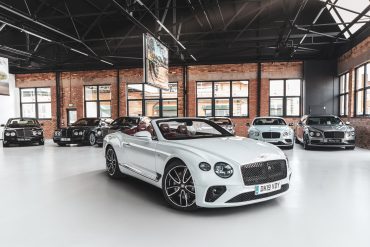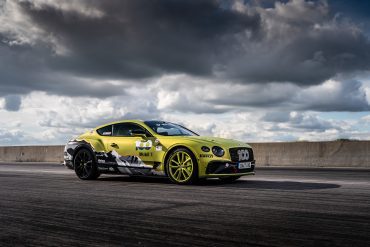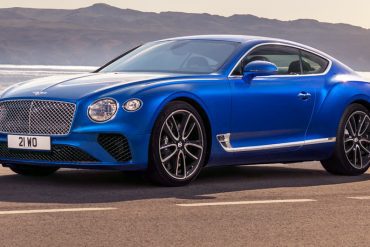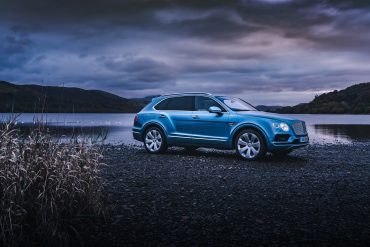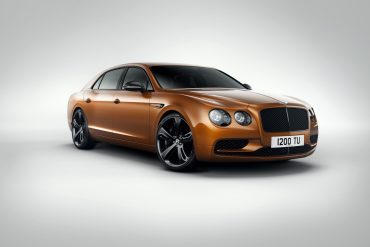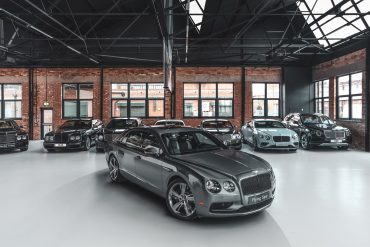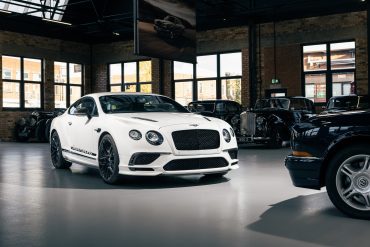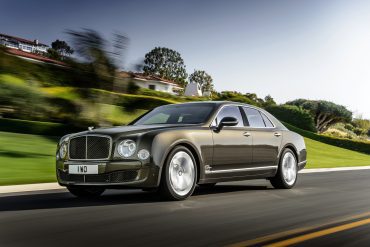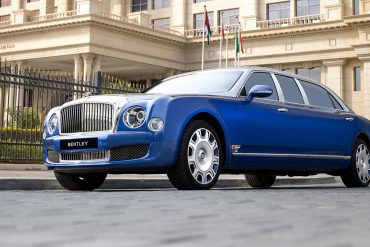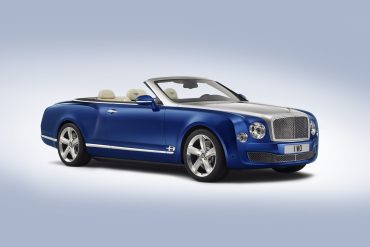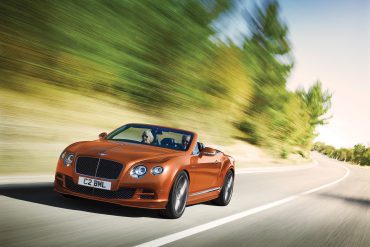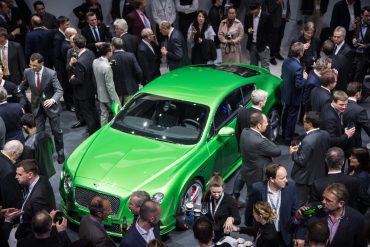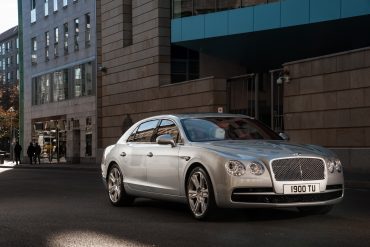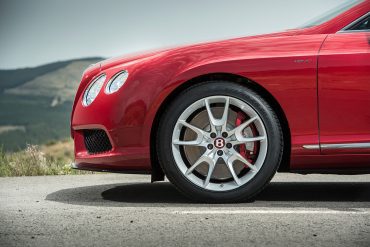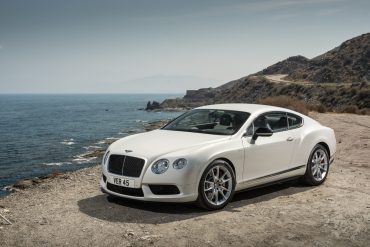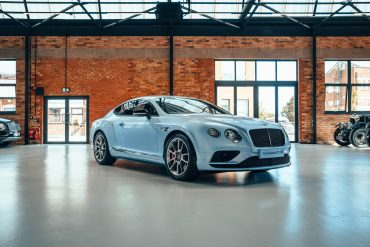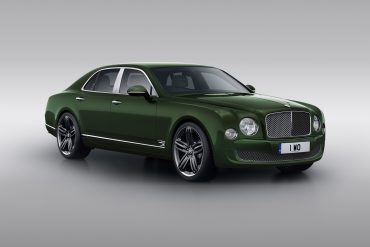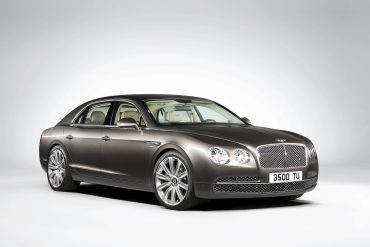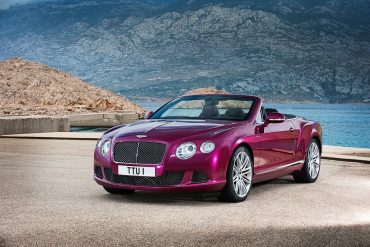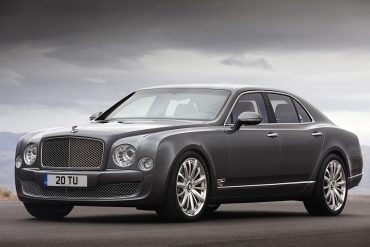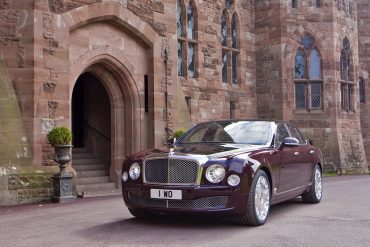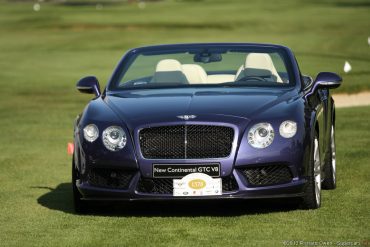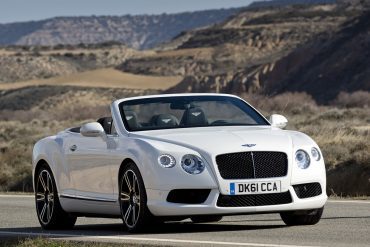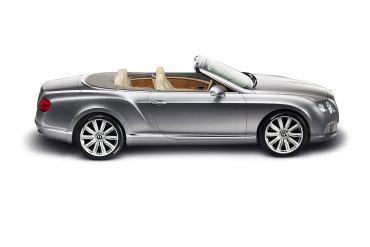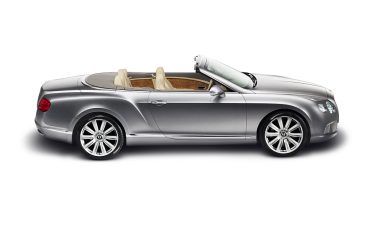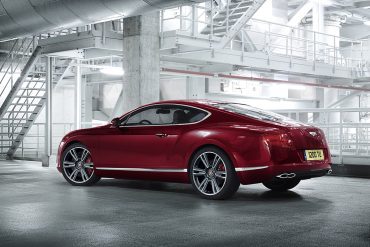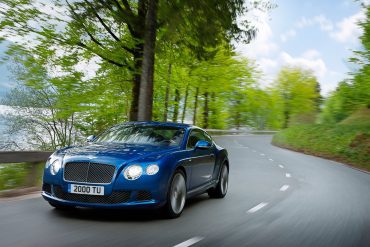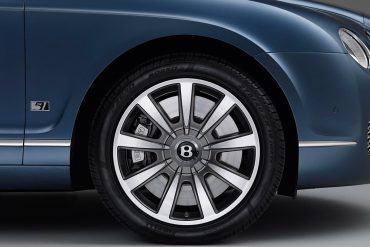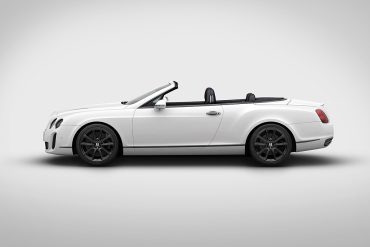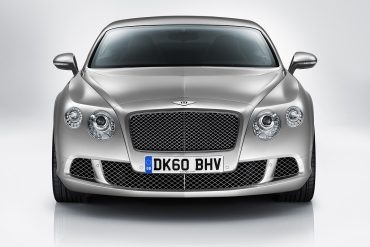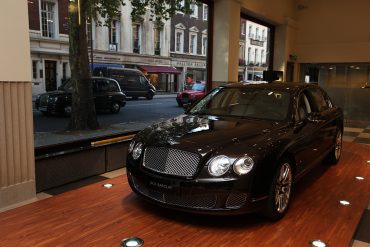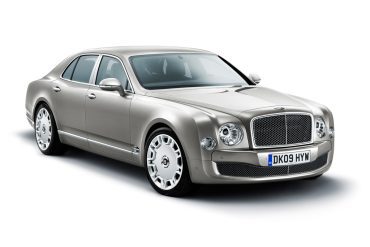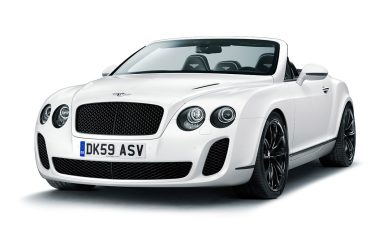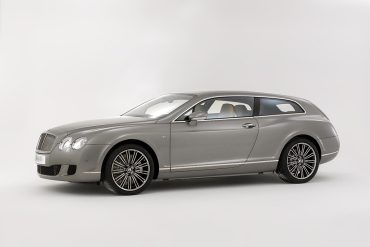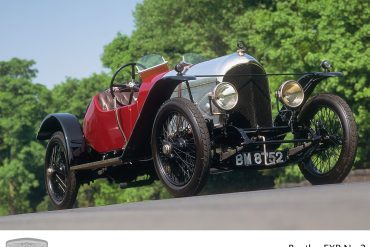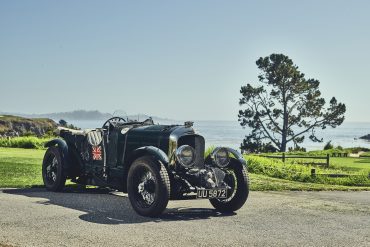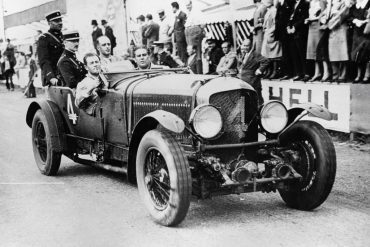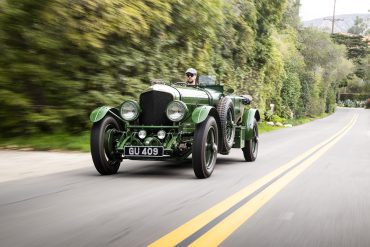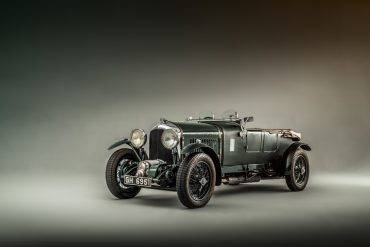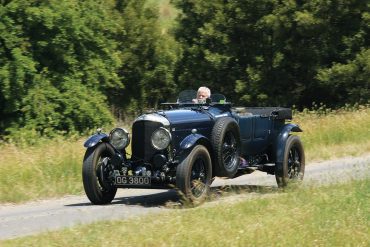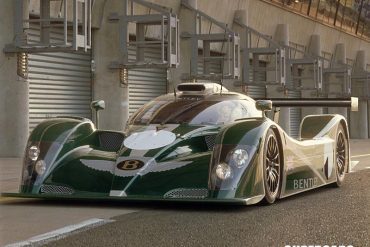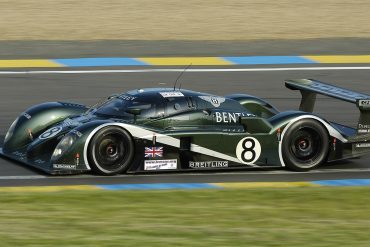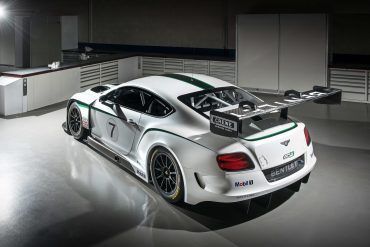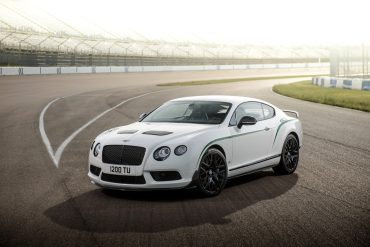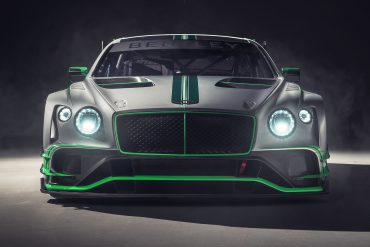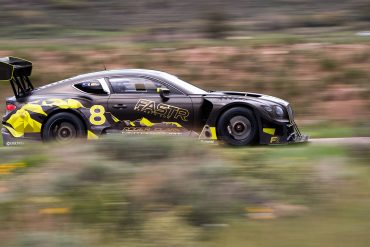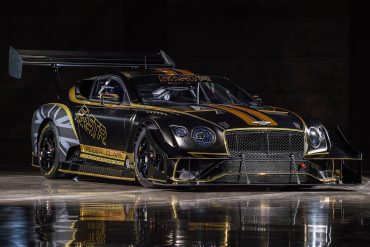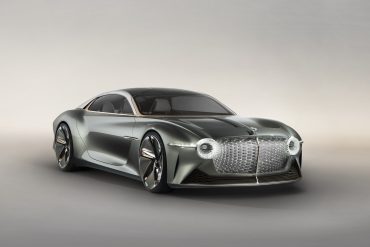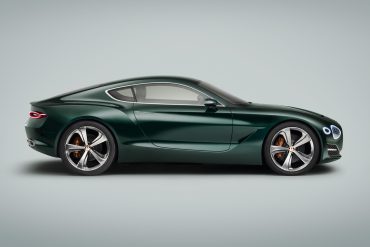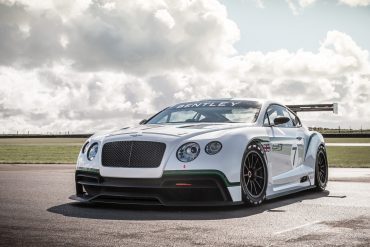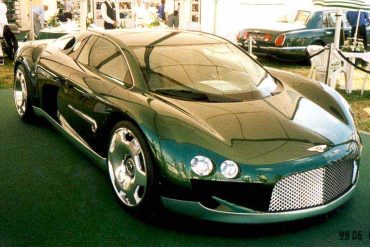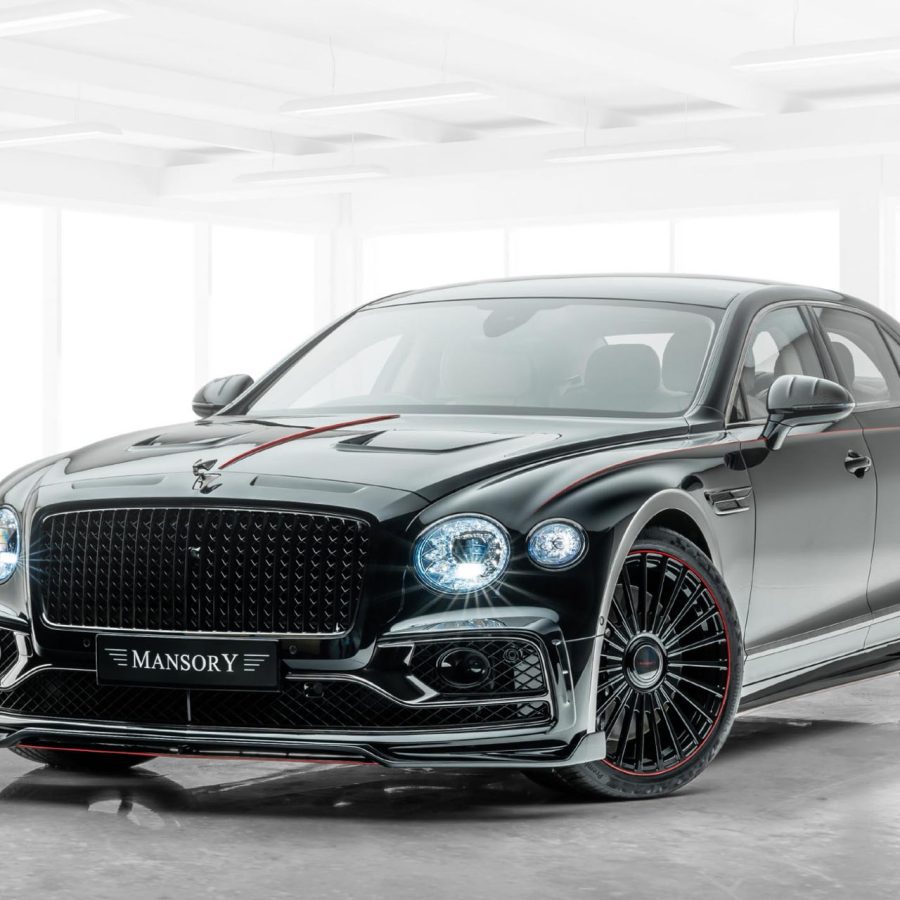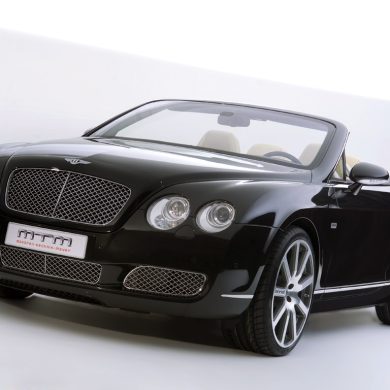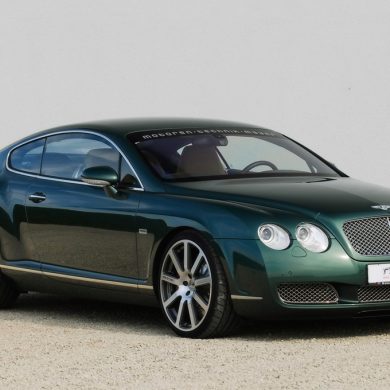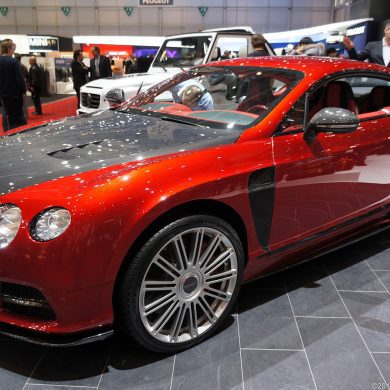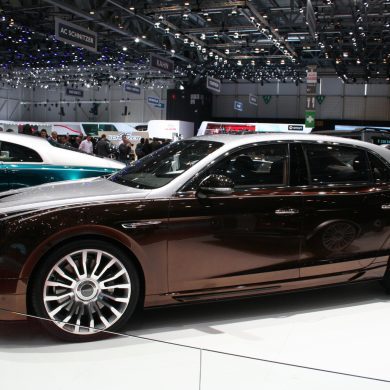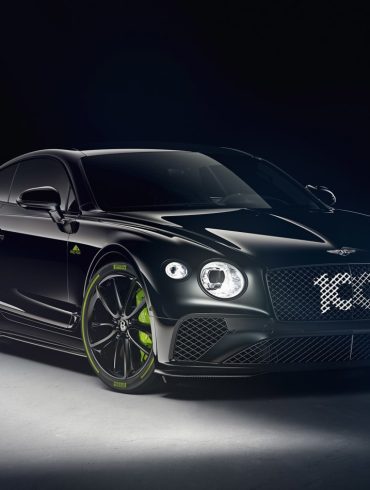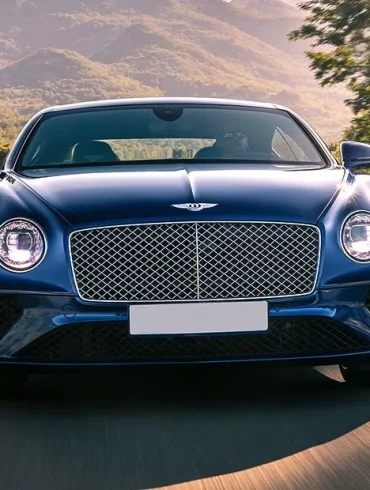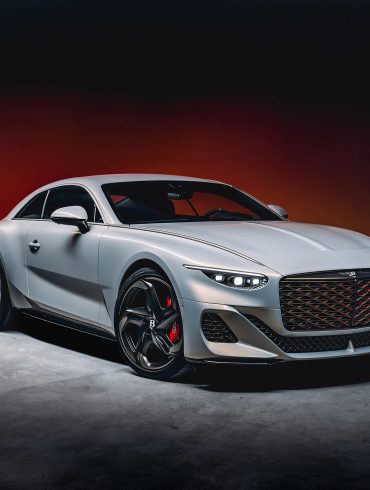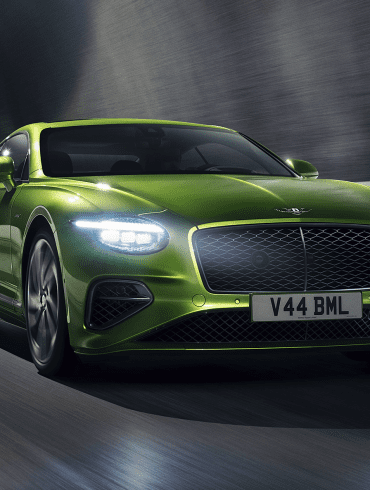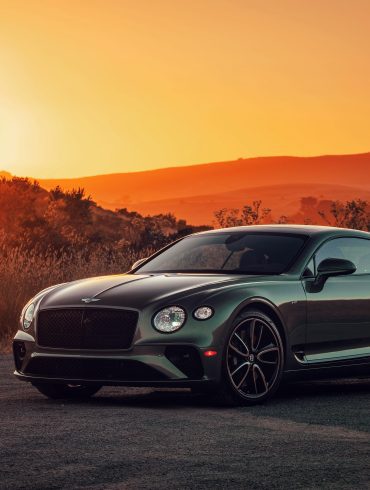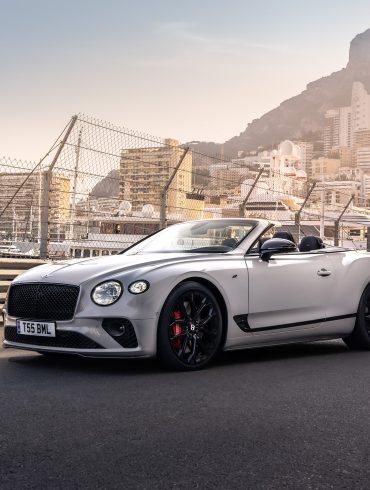Bentley Models
Production Model List / Model Deep Dives / Production Cars / Racing Cars / Concept Cars / Tuner Cars
Bentley Model List. Every Bentley, Every Year.
Bentley has been a provider of quality stand-out privileged social and financial statement-vehicles since 1919. Founded by Walter Owen Bentley (1888-1971), Bentley Motors has grown into a world leading car-maker and also a symbol of Great Britain, as well as sole provider of wheels for the Queen through the 2002 released State Limousine. The company's founder had primarily been known for designing and making reliable rotary engines that were fitted on aircraft during World War I, before successfully entering the auto-world. Before becoming notorious with the Bentley BR1 aero-engine during the war, Bentley had been in partnership with his brother H.M., selling French D.F.P. cars. It was during those times that he thought of establishing his own car-making business.
Soon after Bentley Motors was formed in January, 1919, the company was "allowing" Walter Owen to exhibit a chassis with an engine replica at the London Motor Show. The design was a success and the orders poured in. However, the company was unable to carry the deliveries out in time, with the first cars being ready for shipping only in September 1921, one year later than initially estimated. Although, it had a lot of fans and enjoyed great value on the UK market, the company suffered a fate similar to that of Aston Martin, undergoing several ownership changes and financial trouble. Fortunately enough, its allies were constantly on the look-out and possessed vast riches that they used to keep Bentley on track.
Bentley was acquired by millionaire and 'Bentley Boy' enthusiast Wolf Barnato, who became the new owner of the company in 1925. Despite the steady cash flow that was used to stop Bentley Motors from sinking, the Great Depression wiped clean any desire for expensive automobiles, leaving Bentley poor and disoriented. This time, help would come from giants from Rolls Royce, who bought the work shop in 1931. Thanks to the 'Bentley Boys', the marque managed to stay afloat and gained racing acclaim, with Barnato participating in the Le Train Bleu race (he drove in traffic from Cannes to Calais and finished first). Consequently, the model became known as the Blue Train Bentley. Moreover, further victories would be obtained by Bentley in the famous endurance race 24 hours of le Mans, the British carmaker emerging victorious for four consecutive times, between 1927 and 1930.
Until entering under the Rolls Royce tutelage, Bentley fitted a variety of engines on their cars: from the classic 3L and 4.5 Blower Bentley engine to the 6L or massive 8L mechanical heart in the 30's. Before parting ways with the Rolls Royce parent company in 1998 and moving to VW grounds, Bentley had greatly improved their offers and technological improvements, especially after becoming a separate car line again during the 80's. Models such as the type R, S and Continental represented only a small fraction of what would come in the following years. Later models included the beautiful Azure convertible, the Turbos Sport R and S models and the competitive Brooklands.
Starting with 1998, German carmaker VW Group took over as Bentley's parent company in a profitable partnership with BMW. The agreement between the two parts stated that VW would make both Bentley and Rolls Royce cars until 2002, when the rights to manufacture Rolls Royce vehicles would pass entirely to BMW. Until 2003, BMW was a constant supplier of engines for both car lines. Soon after BMW's withdrawal, the company launched a new model that would become even more popular than the Azure: the Continental GT. In fact, demands were so numerous that Bentley was reacquainted with the situation form the 20's, when it was unable to meet demands. Today, Bentley continues to make big gains in the luxury automobile segment. In 2022, the carmaker reported a sale of 14, 659 vehicles, a number that represents a massive 31% jump over the previous record (achieved in 2020). Bentley is responsible for some of the most expensive cars in the world. Its entry-level SUV, the Bentayga, starts at about $180,000 (without options), and its exclusive “coachbuilt” models such as the Mulliner Bacalar can reach up to $2 million. Electrification is a big deal in the automotive industry right now and Bentley is in the thick of it with strategic plans to field plug-in hybrid and electric vehicles by 2026 and fully electric models by 2030.
Bentley Model List
Bentley Production Models
Current SUVs
Bentley Bentayga S
Bentley Bentayga Azure
Bentley Bentayga A
Bentley Bentayga
Bentley Bentayga EWB Mulliner
Bentley Bentayga EWB Azure
Bentley Bentayga EWB A
Bentley Bentayga EWB
Current Cars
Bentley Continental GT (W12)
Bentley Continental GT V8
Bentley Continental GTC V8
Bentley Continental GT/GTC Mulliner
Bentley Continental GT/GTC Speed
Bentley Continental GT Speed Edition 12
Bentley Continental GT Le Mans
Bentley Flying Spur First Edition (2019)
Bentley Flying Spur (2019)
Bentley Flying Spur Mulliner (2021)
Bentley Flying Spur Azure (2022)
Bentley Flying Spur S (2022)
Bentley Flying Spur Speed (2023)
Bentley Flying Spur Speed 12 (2023)
Pre 1940s Bentley Models
Bentley 3-litre (1921 - 1929)
Bentley 4½-litre & "Blower" (1926 - 1930)
Bentley 6½-litre (1926 - 1930)
Bentley 6½-litre Speed Six (1928 - 1930)
Bentley 8-litre (1930 - 1931)
Bentley 4-litre (1931)
Bentley 3½-litre (1933 - 1937)
Bentley 4¼-litre (1936 - 1939)
Bentley Mark V (1939 - 1941)
Bentley Mark V (1939)
1940s Bentley Models
Bentley Mark VI (1946 - 1952)
1950s Bentley Models
Bentley R Type (1952 - 1955)
Bentley R Type Continental (1952 - 1955)
Bentley S1 and Continental (1955 - 1959)
Bentley S2 and Continental (1959 - 1962)
1960s Bentley Models
Bentley S3 and Continental (1962 - 1965)
Bentley T1 (1965- 1977)
1970s Bentley Models
Bentley T2 (1977- 1980)
Bentley Corniche (1971 - 1984)
Bentley Camargue (1975 - 1986)
1980s Bentley Models
Bentley Continental (1984 - 1995)
Bentley Continental Turbo (1992 - 1995)
Bentley Mulsanne (1980 - 1992)
Bentley Mulsanne L (1984 - 1988)
Bentley Mulsanne Turbo (1982 - 1985)
Bentley Mulsanne S (1987 - 1992)
Bentley Eight (1984 - 1992)
Bentley Turbo R (1985- 1995)
1990s Bentley Models
Bentley Continental R (1991 - 2002)
Bentley Continental S (1994 - 1995)
Bentley Continental T (1996 - 2002)
Bentley Continental R Mulliner (1999 - 2003)
Bentley Brooklands (1992 - 1998)
Bentley Brooklands R (1996 - 1998)
Bentley Turbo S (1994 - 1995)
Bentley Continental S (1994 - 1995)
Bentley New Turbo R (1995 - 1997)
Bentley Azure (1995 - 2003)
Bentley Continental T (1996 - 2002)
Bentley Turbo RL (1997 - 1998)
Bentley Bentley Turbo RT (1997 - 1998)
Bentley RT Mulliner (1997 - 1998)
Bentley Arnage (1998 - 2009)
Bentley Hunaudieres Concept (1999)
2000s Bentley Models
Bentley State Limousine (2002)
Bentley Continental GT (2003 - 2011)
Bentley Continental Flying Spur (Gen 1) (2005 - 2013)
Bentley Azure (Gen 2) (2006 - 2009)
Bentley Brooklands (Gen 2) (2008 - 2011)
2010s Bentley Models
Bentley Continental GT (Gen 2) (2011 - 2018)
Bentley Flying Spur (Gen 2) (2013 - 2019)
Bentley Mulsanne (2010 - 2016)
Bentley Mulsanne (2016 - Present)
Bentley Bentayga (2016 - 2020)
Bentley Bentayga Speed (2019 - 2020)
Bentley New Flying Spur (Gen 3) (2019 - Present)
Bentley Continental (Gen 3) (2018 - Present)
2020s Bentley Models
Bentley Bentayga (2020 - Present) *facelift
Bentley Bentayga S (2021 - Present)
Bentley Bentayga Speed (2020 - Present) *facelift
Bentley Continental GT Speed (2021 - Present)
Bentley Continental Mulliner Bacalar (2020 - Present)
Bentley Continental Batur (2022 - Present)
Bentley Race Car List
In 1919, W.O. Bentley, an engineering genius obsessed by speed, focused on his dream of creating a car bearing his name. WO was a decent driver, good enough to come fourth in one of his own cars in the 1922 Tourist Trophy, but not a great. And even though his cars won Le Mans five times in seven years between 1924 and 1930, it was quality he sought most. In an era when normal cars were rickety, inexactly constructed and often highly unreliable jalopies, Bentley built cars that would travel tens of thousands of miles without so much as blowing a bulb. The strip-down report on one of the Le Mans-winning engines read, in its entirety, ‘nothing to report’. Since then, its six victories at Le Mans have infused the marque with romance, spirit, and flair, a history intertwined with racing.
Bentley EXP2 (1921)
Bentley Speed 6 Works Car (1929)
Bentley Speed 6 (1930)
Bentley EXP Speed 8 (2001)
Bentley Speed 8 (2003)
Bentley Continental GT3 (2013)
Bentley Continental GT3 (2018)
Bentley GT3 Pikes Peak (2021)
Bentley Concept Car List
Bentley Motors has a history of creating concept cars that push the boundaries of luxury, performance, and technology, often reflecting the brand's vision for the future of grand touring and ultra-premium automobiles. These concept cars showcase Bentley's mastery of craftsmanship, innovation, and setting new standards for the luxury automotive sector.
Bentley EXP2 (1921)
Bentley Project 90 (1985)
Bentley Java Concept (1994)
Bentley Hunaudières (1999)
Bentley Arnage Drophead Coupe (2005)
Bentley Mulsanne Convertible (2009)
Bentley EXP 9 F Concept (2012)
Bentley Continental GT3 (2012)
Bentley Hybrid Concept (2014)
Bentley Grand Convertible (2014)
Bentley EXP 10 Speed 6 (2015)
Bentley ESP 12 Speed 6e (2017)
Bentley EXP 100 GT Concept (2019)


